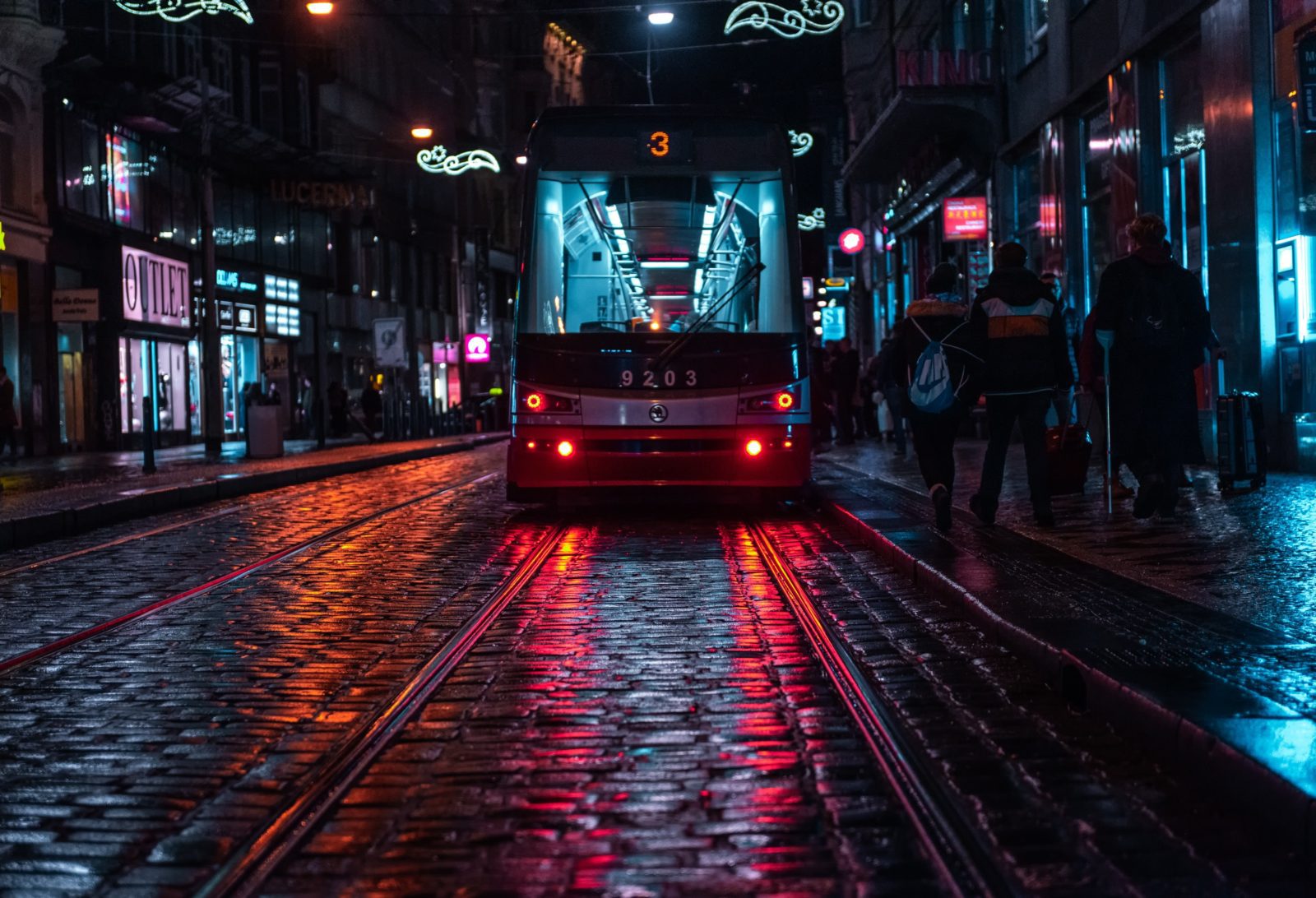Bus line 124 is one of the most exposed bus lines in the metropolis. It connects the Želivský transfer hub with the Botič Valley, the zone of office buildings at the C Budějovická metro station, and the relatively quiet part of Prague called the Green Strip.
However, today it is also an excursion line, a line of desperate people, and many read books. How else to describe what is happening on the roads in this area? It is nice that the Prague Public Transport Company equipped some stops on this line with digital information boards some time ago.
“Of the 690 shelters that need to be changed, 250 already have a new coat. So far, everything is going according to plan. The new stops will surprise passengers with a novelty. Most of them will have a digital stand with recent arrivals of transport links. After all, they can sometimes differ significantly from the standard timetable,” said Tomáš Jílek, director of the city organization Technology of the Capital City of Prague, in a press release.
Smart digital columns have already given up
But the technology was not advanced or intelligent enough to estimate what was happening on the road. You stop, and the column provides information that the 124 lines will depart from the Želivský station in less than a minute.
Further information in the intelligent column says that another bus on the same line will leave in one minute and another in two minutes. Nothing arrives. When the 124 bus does not arrive at the station even after five minutes, you will no longer find information about the connection with the number 124 in the column. The column gave up.
Where did the buses go?
The first obstacle that delays the bus for several minutes is the section from the Don Giovanni hotel to the Želivský intersection. This transport hub collapses due to many closures in the area. The traffic lights only play a decorative role, and trams accompany them with rhythmic ringing to release the crowded space by emphasizing their weight. The function of the refrain is then taken over by the occasional urgent howl of ambulances trying to push the patient through to one of the adjacent hospitals. Sometimes it takes the bus up to five minutes to get here from the turning loop.
The second horror section awaits passengers on their way down the streets of Soběslavská, U Zdravotního ústavu, Benešovská, and Ruská to the Bělocerkevská station. According to the timetable, the bus should pass through this section in three minutes. However, sometimes it takes eight to ten minutes. The situation is complicated by the reconstruction of the water supply system on Benešovská Street, where one lane was removed from the road.
And, completely exhausted, we leave the bus
Crossing the streets of Petrohradská – Nad Vinným potokem – U Seřadiště in Vršovice is another “pleasant” part of the route. Work is also being done on the new water supply system, so portable temporary traffic lights stop traffic.
A delicacy for articulated buses is the exit to Nuselská Street. Here, collegial drivers have agreed that the one driving on the main road will block traffic so their friend from the adjacent highway can exit. However, if no other bus is in sight, you will wait for long minutes.
Sometimes pedestrians are faster
Indeed, the section from Michelská to Vyskočilova on Budějovická is also a joy. Not only are there more excavation works here, and traffic is once again reduced to one lane, but it is a section where you will encounter seven traffic lights on a length of 1.1 kilometers. If you catch a red light at the first one, you will stop six more times.
Other closures then paralyze the Budějovická locality itself. Traffic jams here are not only fed by the closure of Na Strži Street due to the construction of the new metro line but also by the one-way Budějovická Street towards Kačerov.
In practice, you will board the bus that leaves the final stop at the Don Giovanni Hotel on Želivského at 4:36 pm and the first stop at 4:43 pm. A wholly exhausted person will get off at the Poliklinika Budějovická station at 5:16 pm. The journey, which should take twenty minutes according to the timetable, takes forty minutes.
The distance between the two points is one kilometer, 6.6 kilometers. One doesn’t have to be a skilled mathematician to calculate that the bus traveled at an average speed of 9.9 kilometers per hour between points A and B.
In light of these circumstances, the protests of the Last Generation movement are unnecessary. This environmental movement has been blocking the capital’s streets recently, demanding a thirty-kilometer speed limit for all Prague streets.
Environmental protests
In light of these circumstances, the protests of the Last Generation movement are entirely unnecessary. This environmental movement has been blocking the streets of the metropolis recently and calling for a 30-kilometer per hour speed limit to be introduced on all Prague streets.
As can be seen, a series of well-planned construction closures, traffic lights, and workers in orange vests can achieve much more than the planned protests of environmental activists.
However, if environmentalists want to continue advocating for reduced traffic speeds in Prague, they must repaint their banners. Instead of the number 30 in the heart, they must write 5.





